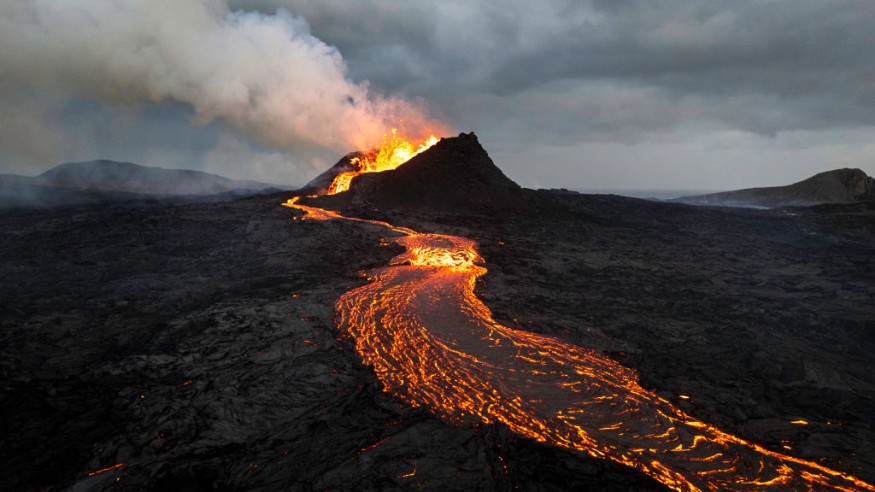A group of scientists has shed new light on the factors that led to Oceanic Anoxic Event 2, which occurred approximately 94 million years ago and was characterized by extreme global warming and ocean acidification.
Massive Volcanism

The Oceanic Anoxic Event 2 (OAE2) was one of the biggest climatic disasters in recorded geological history, leading to both marine and terrestrial extinctions.
Extended periods of time during which a significant portion of the oceans on Earth lose their dissolved oxygen content result in poisonous waters, mass extinctions, and habitat loss. These are known as anoxic events.
During super-hot-house conditions in the mid-Cretaceous, near the Cenomanian/Turonian border (94 Ma), this phenomenon took place, marked by extraordinarily high sea levels and high atmospheric carbon dioxide.
Experts disagree on what caused this anoxic event, which lasted for more than 500,000 years.
Nonetheless, the group of scientists has demonstrated that massive volcanism was most likely the cause, tracing the origin to a huge oceanic plateau that sits beneath the isolated Kerguelen Islands.
In the latest study, the scientists examined geochemical and micropaleontological data gathered from ocean sediment cores that the International Ocean Discovery Program had collected in the Mentelle Basin, which is situated offshore of Western Australia.
They discovered that there was unmistakable evidence of sedimentary mercury in the sediment cores, which pointed to many major "pulses" of powerful mass volcanism both before and during the anoxic event's main phase.
Moreover, radiogenic strontium and neodymium isotopes demonstrate that the volcanic activity during the Cretaceous epoch uplifted the Kerguelen Plateau, which was located considerably closer to the Mentelle Basin.
According to the research team, intense volcanic eruptions would have generated massive amounts of carbon dioxide, which would have contributed to global warming and ocean acidification.
They contend that this occurrence was the primary cause of the anoxic event and what pushed Earth at the time towards the brink of becoming a "hothouse world."
OAE 2 has been extensively studied, but most research to date has been conducted in the northern hemisphere, giving a relatively skewed perspective of the event, according to Chloe Walker-Trivett, the research lead, who conducted the study while pursuing her Ph.D. at the Camborne School of Mines at the University of Exeter's Penryn Campus.
"Our southern hemisphere study site offshore southwest Australia was at a high southern latitude (~60 degrees south) during the mid-Cretaceous, when OAE 2 occurred, and has given us a totally new viewpoint, pinpointing Kerguelen volcanism as the likely trigger," he added.
Challenging But Crucial
Determining the timing of mass volcanism in the geological past is difficult but essential if we are to utilize previous instances of rapid global warming as a potential analog for future climate change, according to study co-author Sev Kender of the University of Exeter.
The main contribution was the combination of radiogenic neodymium and strontium isotopes, which identify the sources of eroded rocks in the ocean basin, with the unique mercury proxy for volcanic eruptions.
"The increasing quantity of eroded material from a volcanic source showed that the nearby Kerguelen Large Igneous Province was being uplifted at the time of active volcanism, rather than a range of other volcanic provinces that have previously been considered as the cause," Kender added.
Related Article : Plate Tectonics Drive Mass Extinction Amid Earth's Expansion Of Life Over 500 Million Years Ago
© 2025 NatureWorldNews.com All rights reserved. Do not reproduce without permission.





